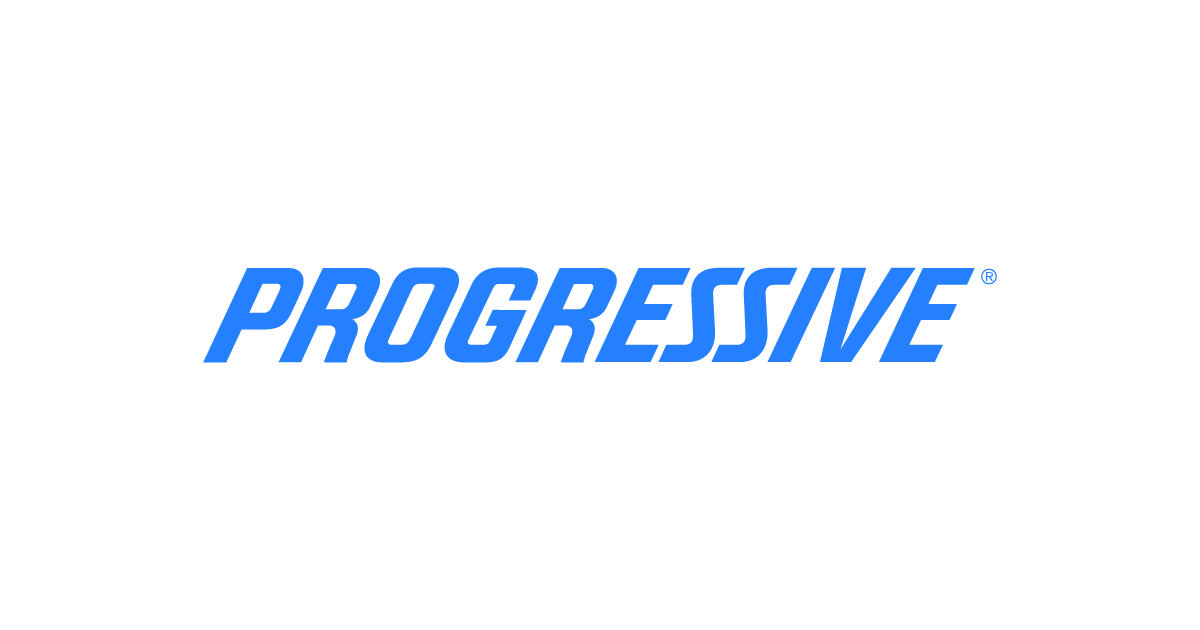Insurance policy limits are the maximum an insurer will pay for a particular type of coverage. Learn how policy limits work and what to consider when setting them.
Jessica Walrack is a personal finance writer who has written hundreds of articles about loans, insurance, banking, mortgages, credit cards, budgeting, and general personal finance over the past five years. Her work has appeared on The Simple Dollar, Bankrate, and Supermoney, among other publications.
Samantha Silberstein is a Certified Financial Planner, FINRA Series 7 and 63 licensed holder, State of California Life, Accident, and Health Insurance Licensed Agent, and CFA. She spends her days working with hundreds of employees from non-profit and higher education organizations on their personal financial plans.
Insurance policy limits tell you the maximum amount your insurance will pay for claims on each type of coverage you carry. If you incur additional expenses after your insurance pays up to the limit, you can be held personally responsible. In some cases, you can choose a policy’s limit. Other times, you may need to meet minimum requirements set by the government or another party to get the limit you want.
For example, most states require you to have a minimum amount of auto insurance coverage. Therefore, your insurance policy limits must be equal to or greater than those legal limits. The New York State Vehicle and Traffic Law, for instance, requires the following minimum policy limits:
Liability insurance (bodily injury and property damage): $25,000 for bodily injury of one person, $50,000 for injuries resulting in the death of one person, $50,000 for bodily injury of two or more people in one accident, $100,000 for injuries resulting in the death of two or more people in any single accident, $10,000 for property damage liability per accident.





:max_bytes(150000):strip_icc()/Policylimits-2bab7452ea5e497ba45508b2cabdb74c.jpeg)

:max_bytes(150000):strip_icc()/Mechanical-breakdown-insurance-whats-covered-vs-extended-warranty-574b61803df78ccee1f4dea6.jpg)















